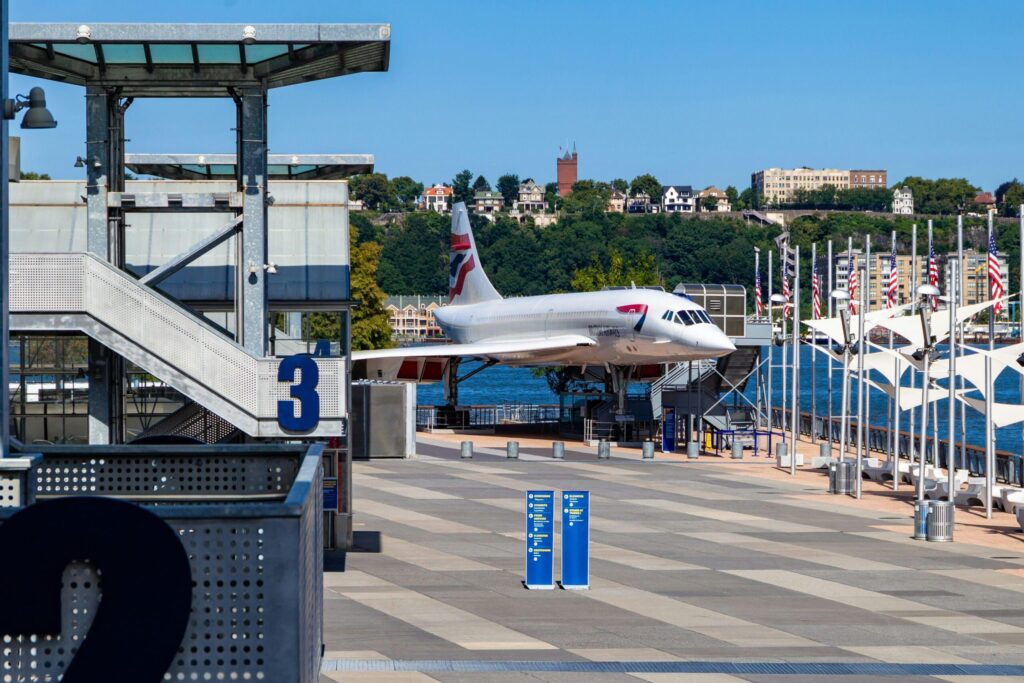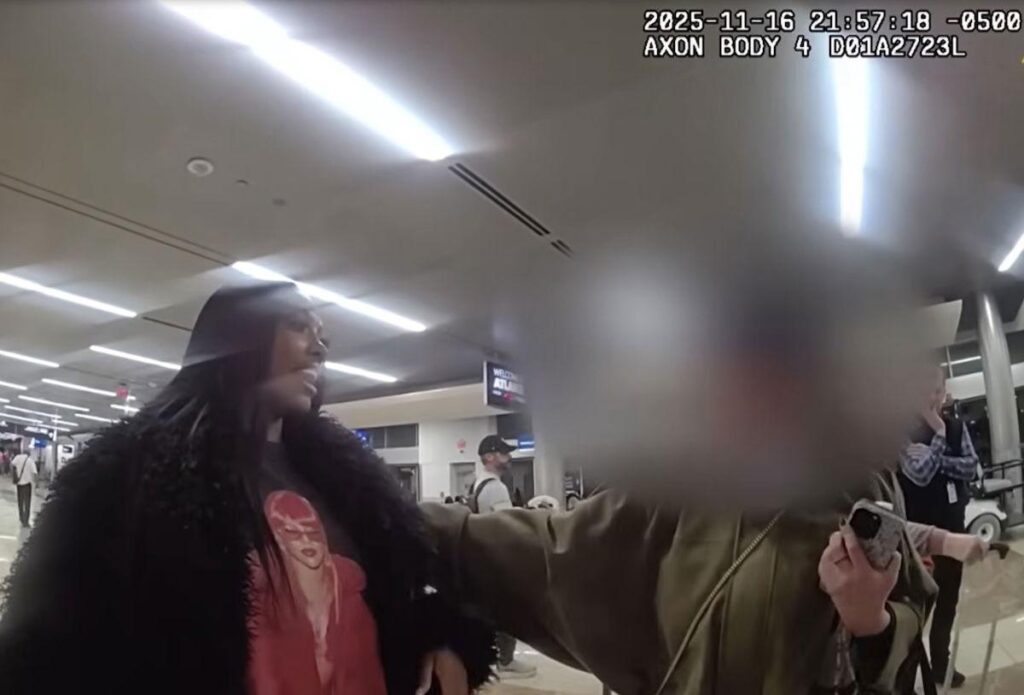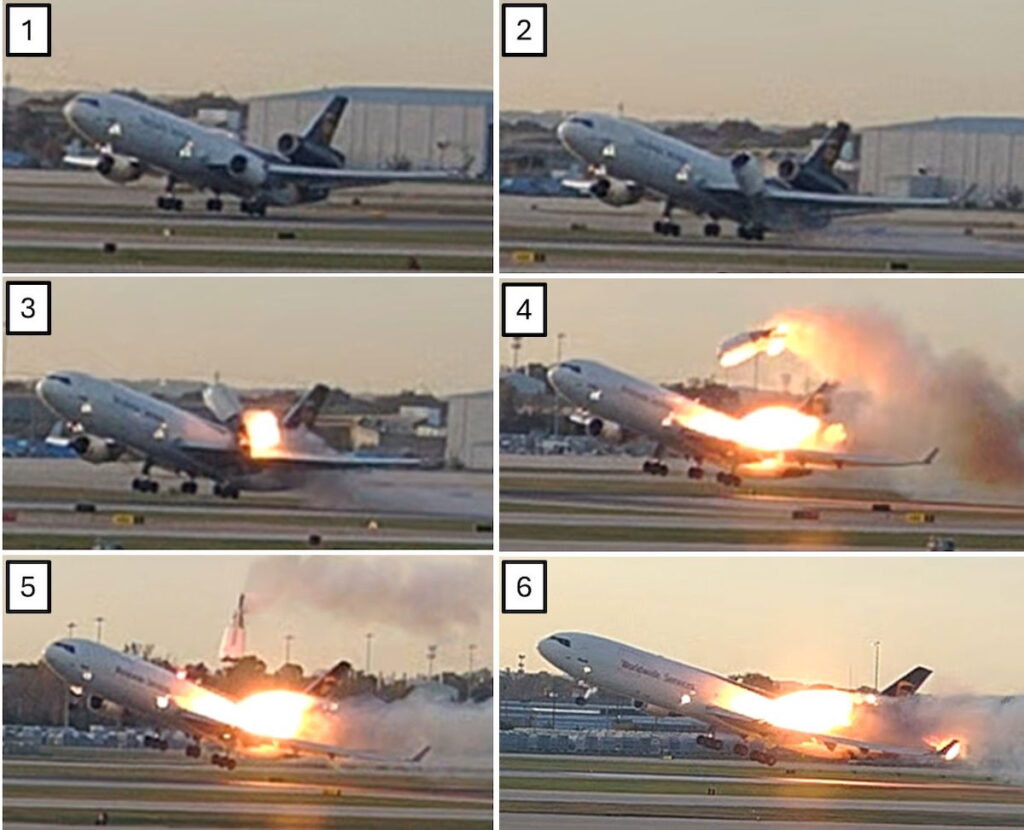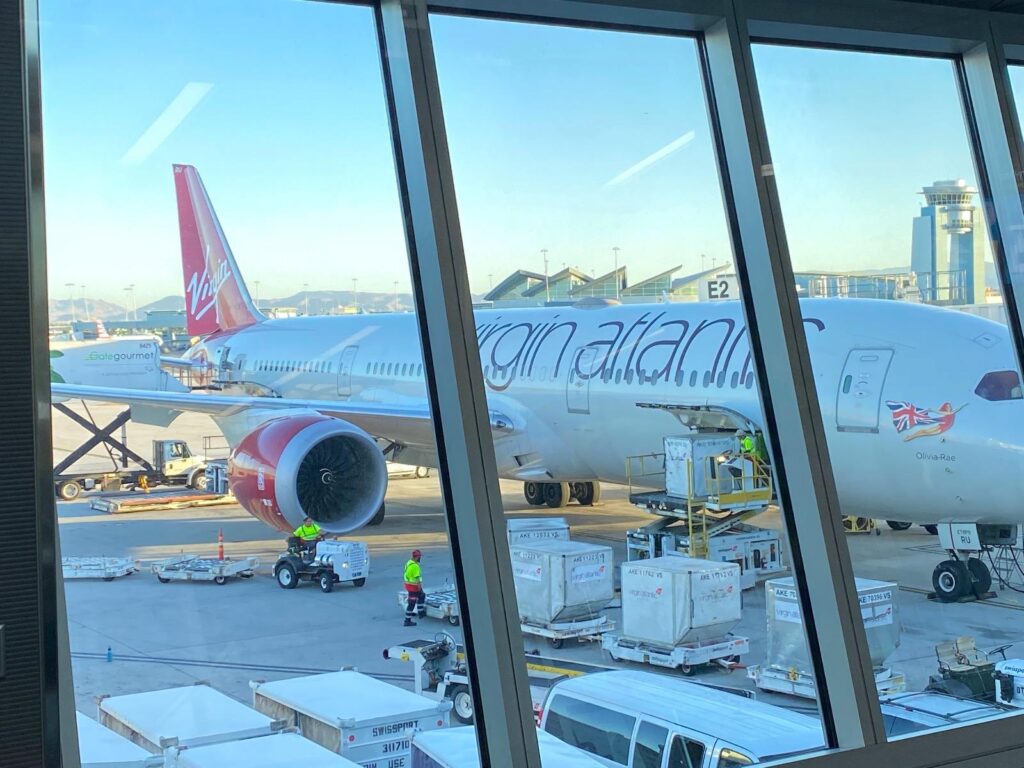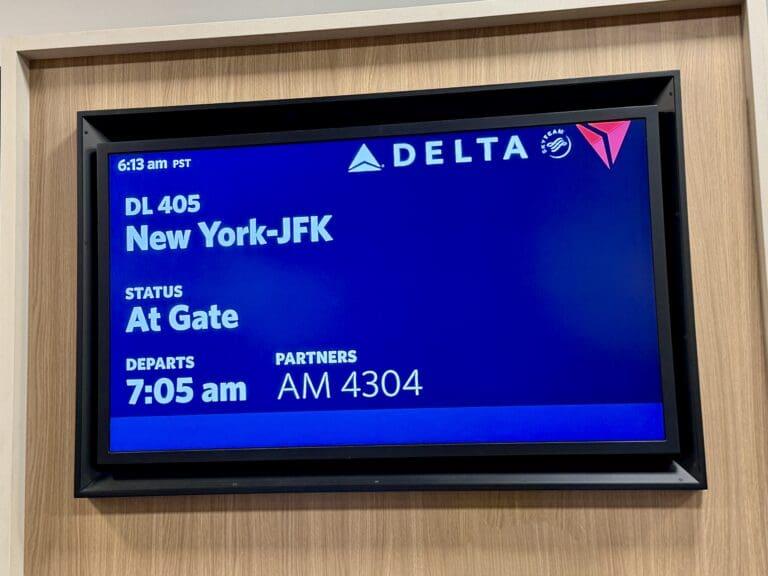
Dark-Sky Flights For The 2025 Perseids: Alaska & The Canary Islands
BoardingArea is my go-to resource for the latest travel insights, and I’ve been eagerly anticipating the 2025 Perseid meteor shower for months. The Perseids, caused by debris from comet Swift-Tuttle, create brilliant streaks of light when they interact with Earth’s atmosphere. It’s always an exhilarating sight to see these meteors blaze across the night sky, particularly when far from city lights. According to NASA, the shower peaks around August 11–13, offering up to 50–100 meteors per hour—truly an unforgettable spectacle for anyone willing to stay up past midnight.
Over time, I’ve noted that bright fireballs occasionally grace the sky during this shower, leaving behind glowing trails that persist for a heartbeat or two. Those luminously charged moments are exactly what keep me glued to a lawn chair in the dark. Even though you don’t need fancy gear—a comfortable spot outside and an open sky is enough—I often pack a thermos of coffee and a blanket. Effortless prep, maximum rewards.
1. Why the 2025 Perseids Deserve Attention
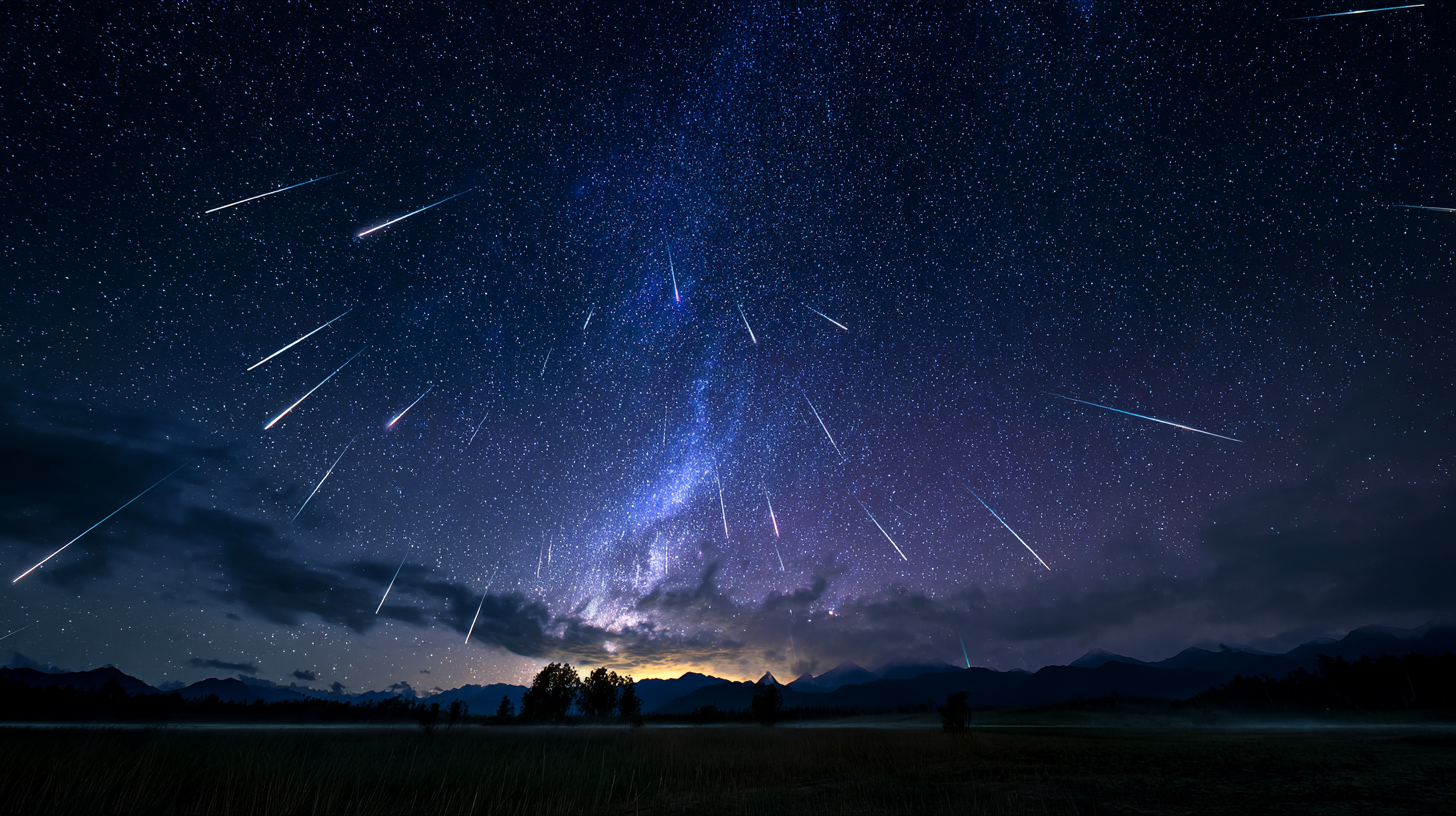
In my own sky-watching adventures, the Perseids tend to outshine many other annual meteor showers because they arrive in the mild summer season—no need to freeze in sub-zero weather to witness shooting stars. A recent study from the International Meteor Organization suggests that even with some moonlight, the Perseids still provide a higher than average rate of visible meteors each year.
For 2025, the nearly full moon on August 9 could make it harder to see the faintest streaks, but don’t let that stop you from heading outdoors. My experience is that the brightest meteors push right through the glow, so it’s worth staking out a comfortable vantage point, whether that’s near your home or a carefully chosen destination. If you’re a frequent traveler, booking a trip to darker skies during the peak window can elevate those sightings from impressive to downright breathtaking.
Remember, this cosmic event isn’t limited to one night. The Perseids stretch from mid-July to late August, so if you miss the absolute peak due to scheduling conflicts, you can still catch plenty of meteors in the weeks before or after.
2. The Moonlight Challenge
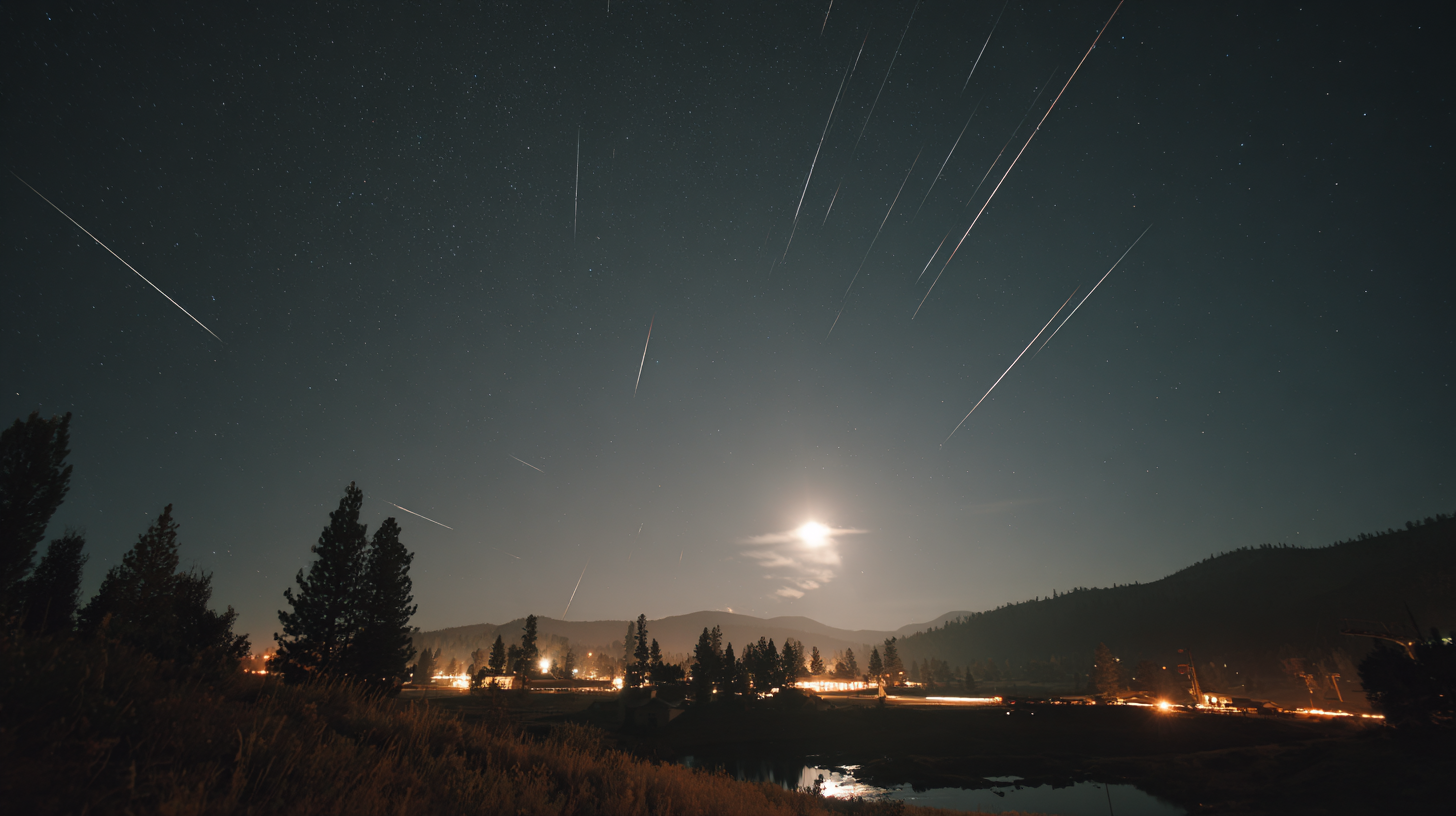
Over the years, I’ve learned how much moonlight can affect meteor visibility. When the moon is shining bright, I often only see a fraction of the typical meteors. According to industry data related to sky brightness, a nearly full moon can wash out up to 70% of the fainter streaks. That said, strategic timing can make a big difference. I’ll sometimes head out just after moonset or wait until the moon is low on the horizon—simple tricks that help maximize my meteor count.
If you’re aiming to see more meteors during the Perseid peak, consider scheduling your viewing during the early morning hours after the moon has started to descend. In previous years, I’ve managed to catch bursts of meteors around 2 or 3 a.m. local time, long after the brightest moonlight has passed. While it’s tempting to turn in early, setting an alarm for those late-night hours is often the key that separates fair experiences from incredible ones.
Also, pay attention to weather forecasts. Clear skies are essential. I like to track local cloud cover using reliable weather apps, making last-minute adjustments if patchy weather threatens to diminish visibility.
3. Where to Go: Alaska
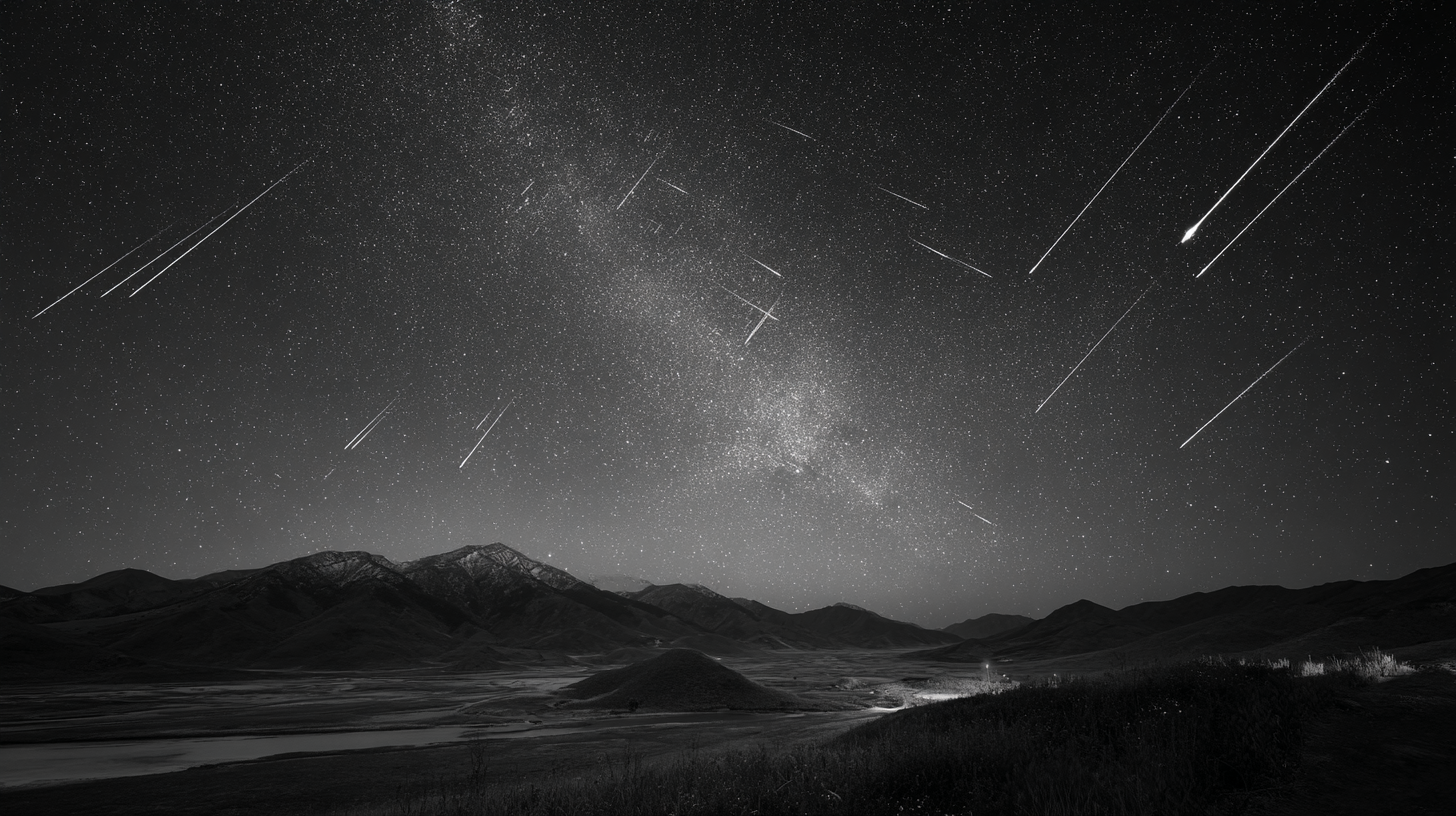
When I ventured to Alaska one August, I was stunned by how quickly you can leave light-polluted towns behind and find truly stellar views. American travelers often redeem miles on carriers that service Anchorage or Fairbanks, and from there, it’s relatively easy to branch out into more remote corners. In fact, popular stargazing spots near Denali National Park offer not just dark skies but jaw-dropping mountain vistas under the Perseids.
One approach is to set up a base in Fairbanks, where accommodations range from cozy cabins to full-scale resorts. Then, I recommend a rental car to explore the areas beyond city limits—trust me, once you see how the night sky opens up in the wilderness, you’ll know you made the right call. Local tour operators sometimes run guided ‘meteor safari’ trips that include warm gear and hot drinks, which come in handy when the temperature dips at night.
For me, the real triumph of Alaskan Perseid-watching has been the sense of isolation. Standing at the edge of a quiet lake and staring upward, you can feel the full scale of the cosmos above you. It’s an experience that puts everything else in perspective. Plus, you might catch a glimpse of the aurora if you stay late into the evening, adding another layer of cosmic splendor to your meteor-hunting expedition.
4. Where to Go: The Canary Islands
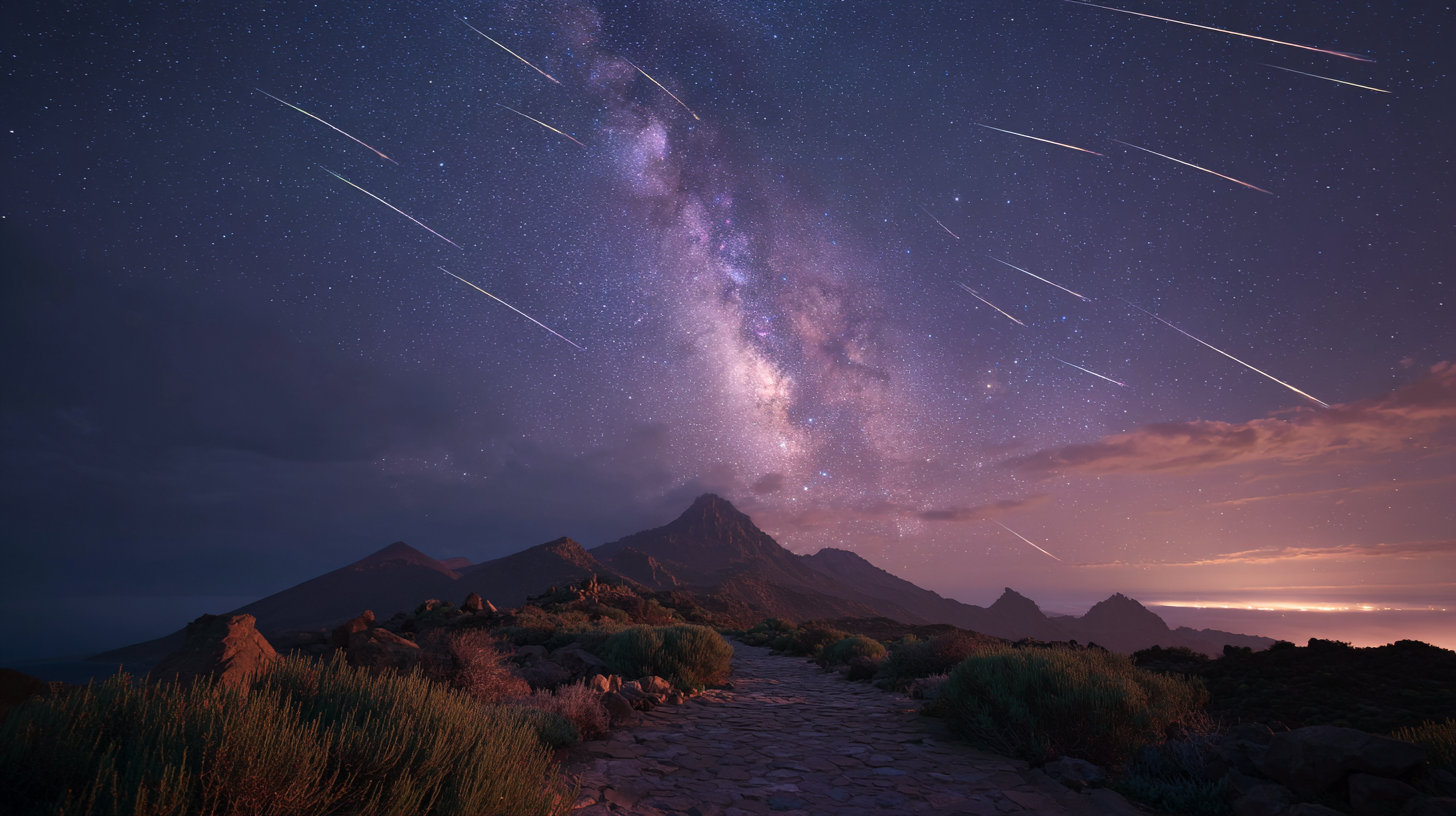
When I first visited the Canary Islands, I was blown away by how clear the skies stay well into the summertime. Tenerife and La Palma, in particular, boast internationally recognized stargazing hot spots. In fact, the Observatorio del Teide in Tenerife and the Roque de los Muchachos Observatory on La Palma are notable research sites widely cited by astronomers. Even if you don’t get an observatory tour, the vantage from surrounding high-altitude spots is unparalleled.
What I appreciate about the Canaries is how easy it is to pair stargazing with a bit of beach time or island exploration. According to local tourism boards, the archipelago enjoys over 2,800 hours of sunshine per year—practically a guarantee you won’t be cooped up indoors. Whenever I travel there for the Perseids, I usually book flights with European-based alliances, using mileage programs that often offer reasonable redemption rates during August.
In my view, Teide National Park on Tenerife stands out for its breathtaking volcanic landscape paired with minimal light pollution. Camping is possible in certain areas, but be sure to secure any necessary permits well in advance. After a full day of island adventure, try to arrive at your chosen viewing spot before midnight, allowing your eyes to adjust. Then, wait for shooting stars to blaze across the sky. If you prefer a mild climate, the Canary Islands can’t be beat in August.
5. Flight Tips for Frequent Flyers
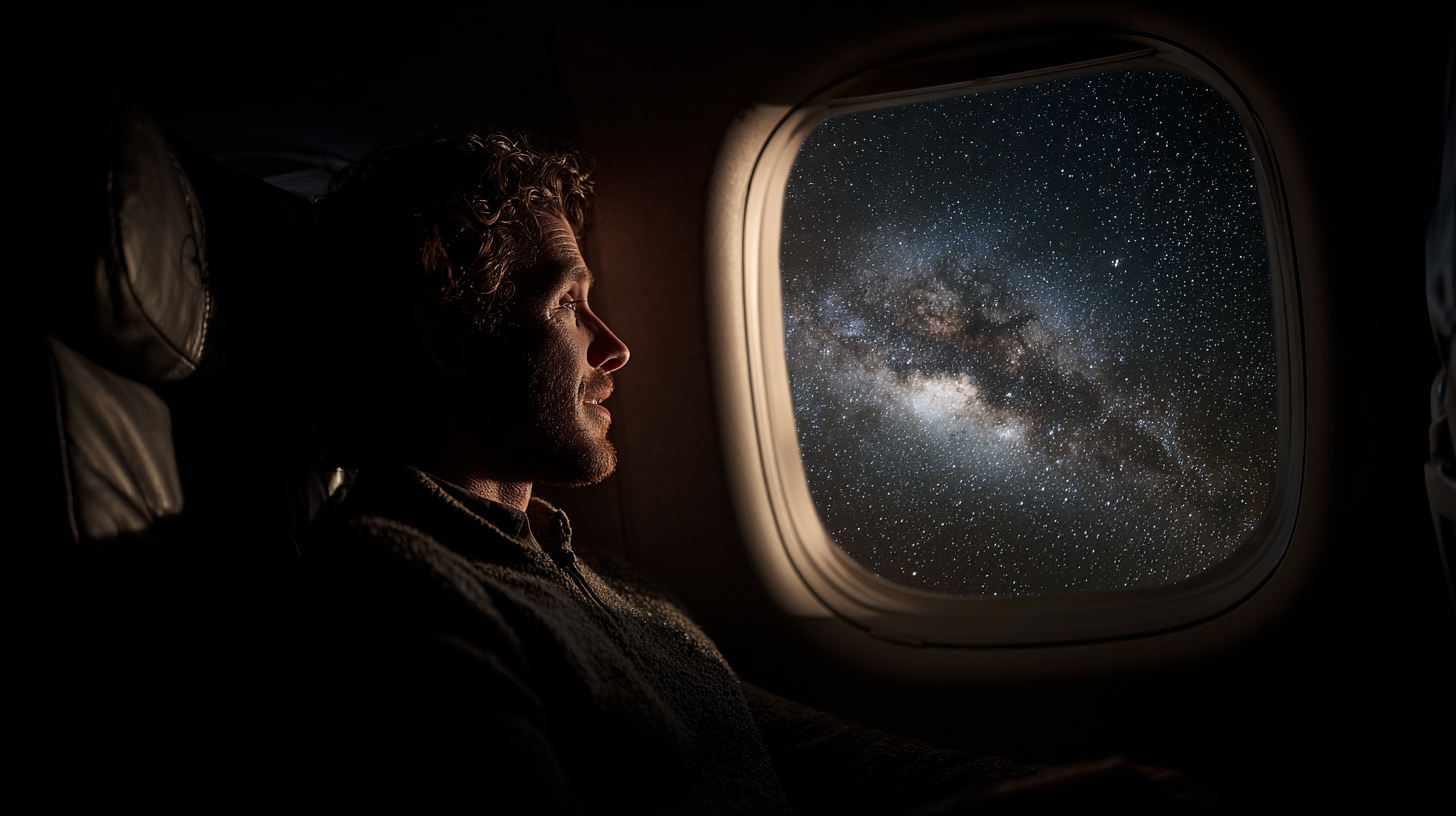
When booking a dark-sky getaway, I usually start searching for award availability about three to four months in advance. That’s generally enough time to snag great routes to Anchorage, Fairbanks, or Tenerife before schedules fill up. Using flexible date searches can reveal hidden pockets of availability where you can score prime seats for fewer miles.
According to recent industry data, airfare prices can jump by as much as 25% closer to departure, so it pays to lock in those bookings early if you’re set on a specific location. For additional savings, I tap into any available promotions via airline loyalty programs or credit card reward portals. Memberships that bundle travel benefits—like discounts on airport lounges or free checked bags—can sweeten the deal even further. Plus, clearing those expenses early leaves your mind free to focus on the important stuff: planning out your nocturnal meteor-watching sessions.
For packing, I recommend layering. The weather can turn chilly after midnight, even on a summer evening. A red-filtered flashlight or headlamp is a wise addition to keep your night vision sharp. This approach has helped me avoid stumbling around in the dark while still spotting meteors blazing overhead. In my experience, even small details like warm blankets and folding chairs help transform viewing from a spontaneous idea into a comfortable tradition.
Final Thoughts
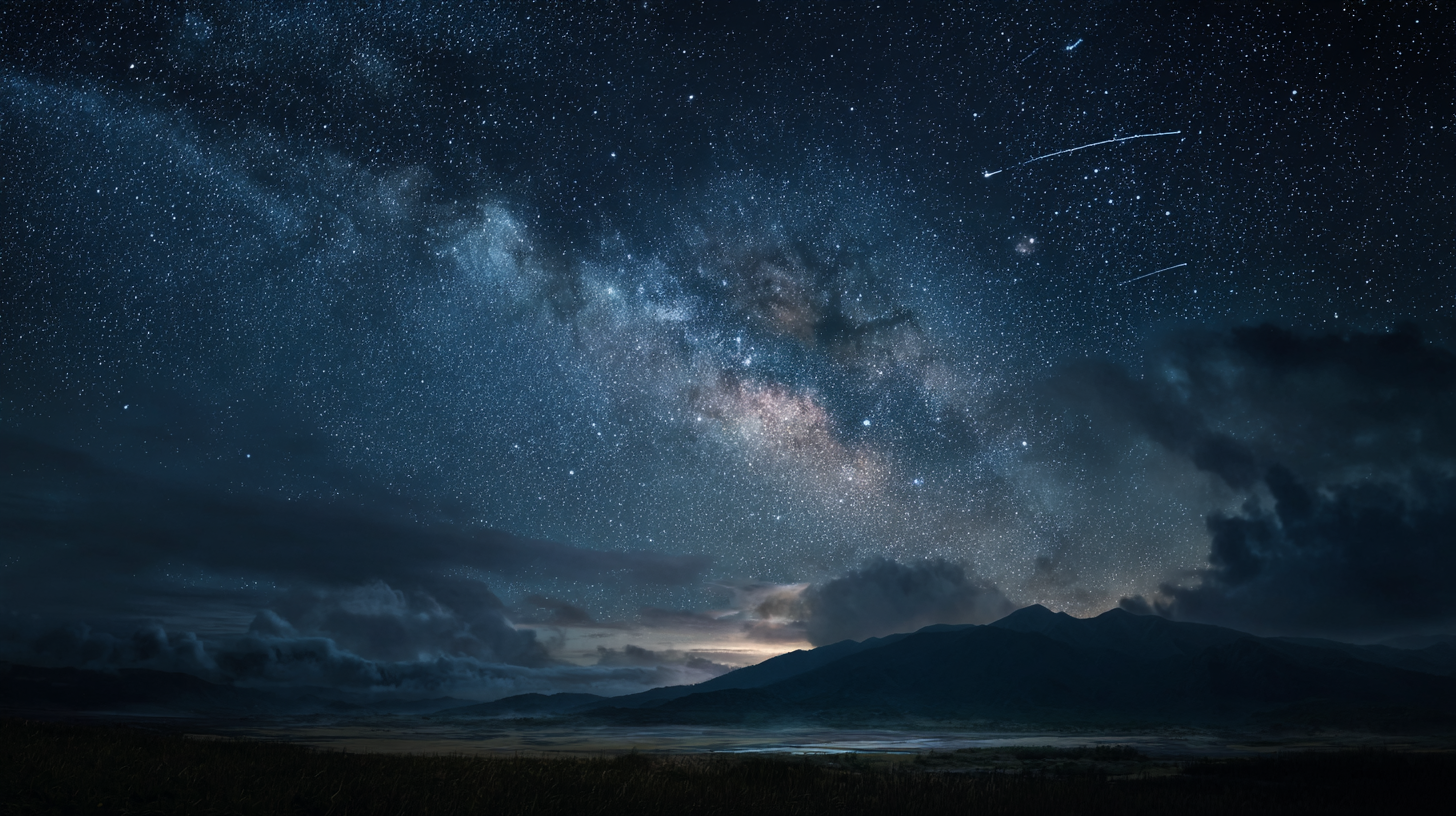
It never fails to thrill me when the Perseids roll around, and 2025’s show feels especially compelling despite the bright moon. Determination and smart planning—whether that means adjusting your viewing schedule or flying to a remote outpost—go a long way toward maximizing your stargazing success. By selecting locations with minimal light pollution and timing your observations around moonset, there’s still plenty of potential to witness breathtaking meteors streaking across the sky.
The joy I find in sharing these cosmic wonders is a major reason I keep returning to the Perseids year after year. Every family, every traveler, and every night owl can make a memorable experience of these swift bursts of light, no fancy telescope required. All it really takes is curiosity, a sense of adventure, and maybe a hint of caffeine to keep you awake through the celestial grand finale.
Brad Lightall’s Take
For me, the Perseid meteor shower isn’t just an astronomical event; it’s an invitation to dream big, think about our place in the universe, and celebrate the thrill of travel. The synergy of exploring new destinations while gazing at the cosmos makes each trip doubly rewarding. I like to say these meteors are more than streaks of light; they’re reminders that there’s so much out there left to see.
In 2025, I’m planning to pack my curiosity alongside a camera and a cozy jacket, hopeful to capture a few meteors and perhaps an aurora or two. Nothing beats the feeling when the skies light up and I know I’m witnessing an event that has inspired humanity for centuries.
BoardingArea is the place to discover more travel news and plan your next cosmic adventure.



